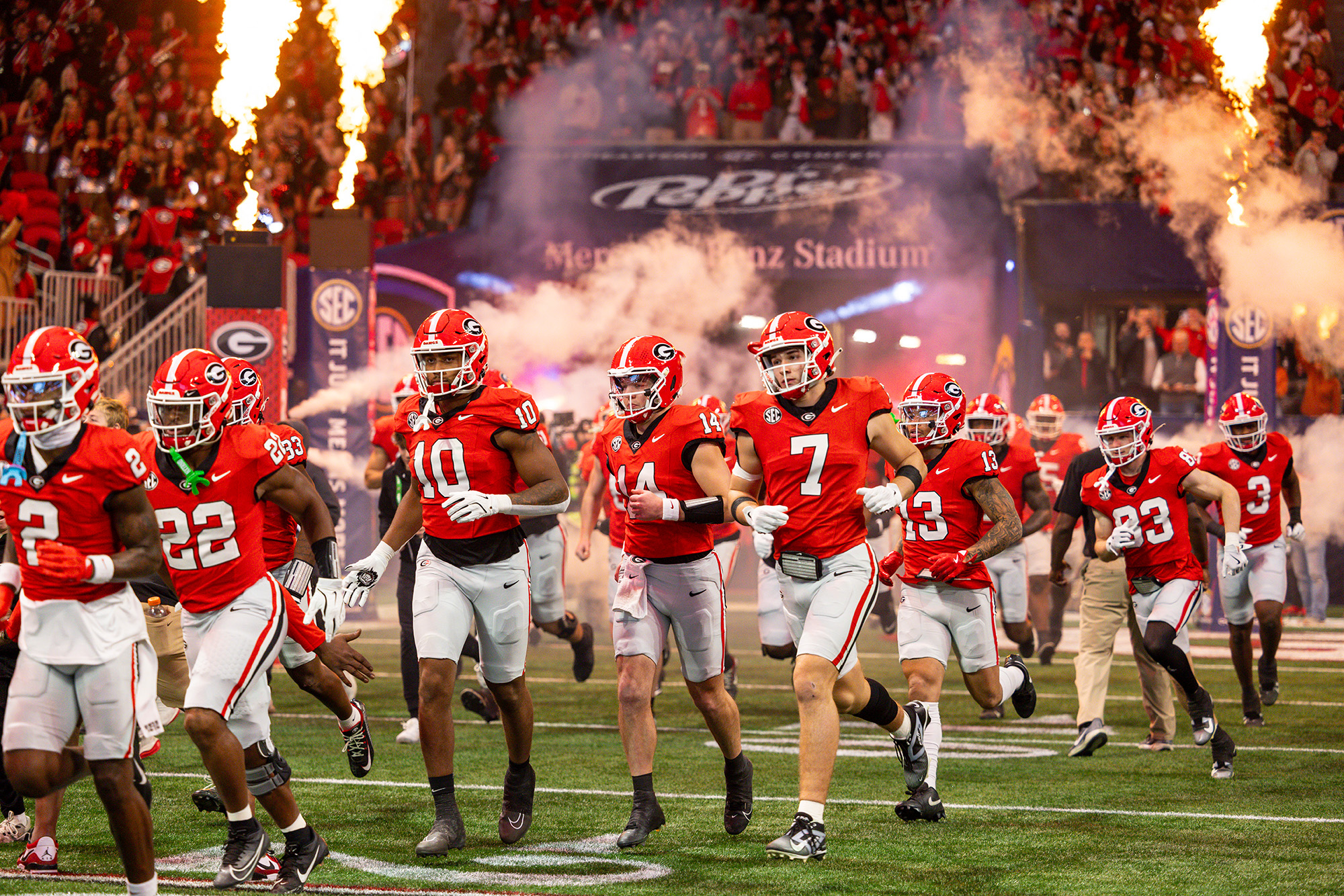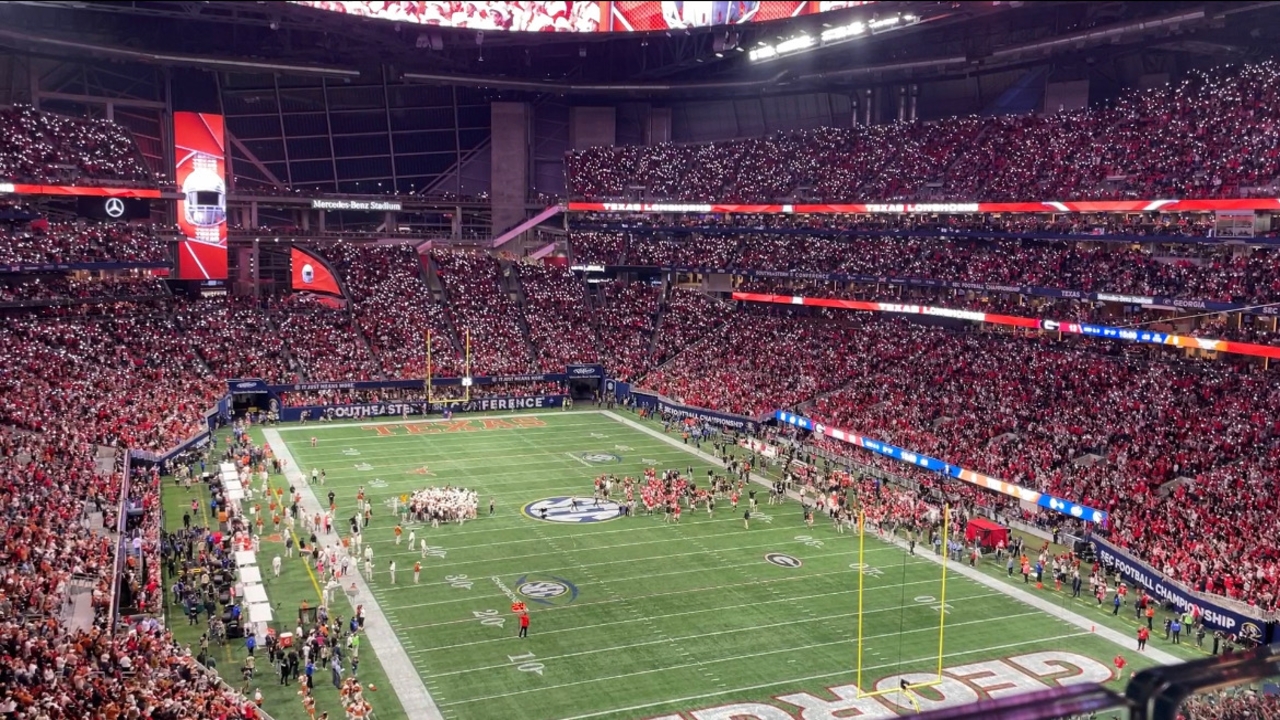Kyle Whittingham Named Head Football Coach at Michigan
In a major move for one of college football’s most storied programs, the University of Michigan has officially hired Kyle Whittingham as its new head football coach, ending a brief but high-profile coaching search. Whittingham, 66, agreed to a five-year contract to lead the Wolverines, bringing decades of experience and on-field success to Ann Arbor. (Alabama Gazette)
Whittingham arrives at Michigan after 21 seasons as the head coach at the University of Utah, where he became the school’s all-time wins leader with a 177–88 record and elevated the Utes to national relevance, including multiple conference championships and bowl victories. (Alabama Gazette)
“He’s a proven winner with a strong track record of integrity and consistency,” Michigan athletic director Warde Manuel said in a statement announcing the hire. “We believe Coach Whittingham is the right leader to guide Michigan football into its next chapter.” (Alabama Gazette)
A Strategic Hire Amid Program Turmoil
Whittingham’s hiring comes just weeks after Michigan parted ways with former head coach Sherrone Moore, who was dismissed earlier in December amid an off-field scandal. The move is widely seen as an attempt by Michigan to restore stability and credibility to its football program. (NBC Los Angeles)
At his introductory press conference, Whittingham emphasized his commitment to building a disciplined, physical football team, aligning with Michigan’s traditional identity. “Physicality will be our calling card,” he said, outlining his vision for the Wolverines. (Alabama Gazette)
Contract Details and Early Priorities
Whittingham’s five-year deal is reported to average about $8.2 million per year, with a significant portion guaranteed, placing him among the better-paid coaches in the Big Ten. (Sports Histori)
One of his immediate priorities will be assessing the current roster and coaching staff, with plans already in motion to bring in some familiar assistants—while also retaining a few members of Michigan’s existing staff. (SI)
“I’m honored to be here and ready to get to work,” Whittingham said in a statement to Michigan fans, stressing his eagerness to know his players and build a winning culture. (SI)
What This Means for Michigan Football
Michigan’s hiring of Whittingham marks a significant shift for the Wolverines, who had long been searching for continuity after recent coaching upheaval. Whittingham’s reputation for program building and leadership is expected to bring a steady hand to Ann Arbor as the team prepares for upcoming challenges on the field and in recruiting. (Alabama Gazette)
With a long and respected career behind him already, Whittingham now embarks on a new chapter at one of college football’s blue-blood programs—aiming to deliver both stability and championships in the years ahead. (Alabama Gazette)








